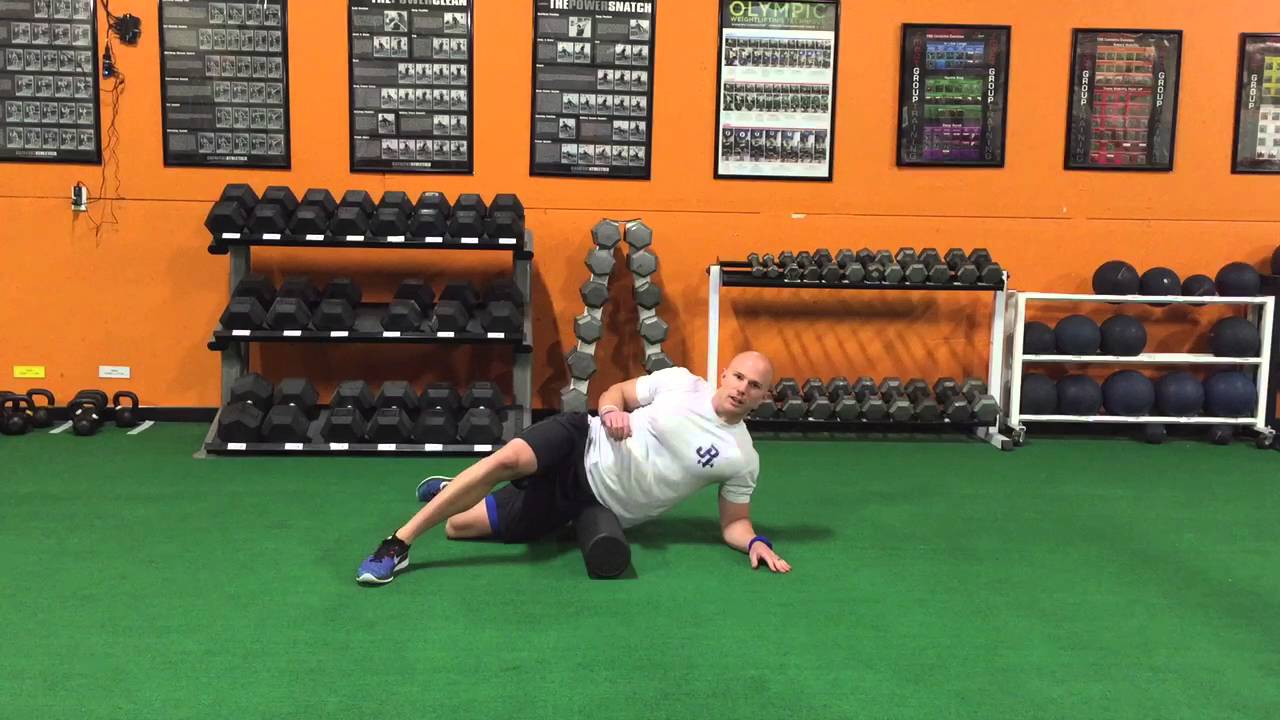
Restoring Muscle Elasticity After 50: The Key to Lifelong Mobility
As people age, one of the most subtle yet impactful physical changes is the loss of muscle elasticity — the body’s natural ability to stretch and rebound. After 50, muscles tend to stiffen, joints lose lubrication, and recovery from movement becomes slower.
While many attribute mobility loss to aging alone, reduced muscle elasticity is often the true underlying cause. Understanding how it works — and how to restore it — can dramatically improve overall health, balance, and independence well into later years.
1. What Is Muscle Elasticity and Why Does It Matter?
Muscle elasticity refers to the ability of muscle fibers to stretch and return to their original shape after movement or tension.
When you walk, bend, or lift, muscles elongate and contract continuously. This flexibility allows for smooth motion and joint protection. Over time, however, collagen stiffens and elastin fibers degrade, reducing the tissue’s ability to stretch.
-
Healthy muscle elasticity = fluid, pain-free motion.
-
Poor muscle elasticity = stiffness, imbalance, and increased injury risk.
2. Why Muscle Elasticity Declines After 50
Several biological and lifestyle factors contribute to this decline:
-
Reduced collagen production: Natural collagen levels drop by 1–1.5% per year after age 40.
-
Decreased circulation: Less oxygen delivery to muscles slows tissue repair.
-
Hormonal changes: Lower estrogen and testosterone affect muscle flexibility.
-
Sedentary lifestyle: Inactivity shortens muscle fibers and stiffens fascia.
-
Chronic dehydration: Muscles lose water content, making them less pliable.
The result? Movement feels tighter, recovery takes longer, and flexibility gradually diminishes — unless proactive measures are taken.
3. The Hidden Link Between Muscle Elasticity and Balance
For adults over 50, loss of balance is a major safety concern. Weak muscle elasticity disrupts body coordination by:
-
Slowing reflexive responses
-
Limiting range of motion in the hips and knees
-
Increasing fall risk due to delayed muscular recoil
Studies published in The Journal of Aging Research reveal that restoring elasticity can improve balance scores by up to 35% in adults aged 55–70 — a significant improvement in mobility and fall prevention.
4. Signs of Reduced Muscle Elasticity
Recognizing the early symptoms helps prevent long-term complications:
-
Morning stiffness lasting more than 30 minutes
-
Limited flexibility in shoulders, back, or hamstrings
-
Pain during stretching or normal range-of-motion exercises
-
Muscle cramps or spasms after light activity
-
Uneven posture or reduced stride length
If these signs persist, it’s time to focus on a structured flexibility-restoration routine.
5. Science-Backed Ways to Restore Muscle Elasticity After 50
Improving elasticity doesn’t require extreme effort — but it does demand consistency and the right combination of strategies.
a. Dynamic Stretching (Instead of Static Stretching)
Traditional long-hold stretches can strain aging muscles. Instead, dynamic stretches (gentle, movement-based stretches) gradually warm and lengthen muscle fibers.
-
Examples: leg swings, torso rotations, or arm circles
-
Duration: 10–15 minutes daily before workouts
b. Collagen and Protein-Rich Nutrition
Diet plays a vital role in muscle resilience. Include:
-
Collagen peptides and gelatin supplements
-
Lean protein (fish, chicken, eggs)
-
Vitamin C (supports collagen synthesis)
-
Omega-3 fatty acids (reduces inflammation in muscle tissue)
c. Myofascial Release Therapy
Using foam rollers or massage balls improves elasticity by breaking down stiff connective tissue and enhancing blood flow.
-
Focus on calves, hamstrings, and lower back.
-
Perform 2–3 times per week for optimal results.
d. Hydration and Electrolyte Balance
Muscle tissue is nearly 75% water. Dehydration tightens fibers and impairs elasticity.
-
Drink 8–10 glasses of water daily.
-
Include electrolyte-rich fluids (especially magnesium and potassium).
e. Gentle Strength Training
Light resistance training with focus on eccentric movement (slowly lengthening muscles) helps rebuild elasticity.
-
Examples: slow squats, Pilates, or resistance band routines.
-
Frequency: 3 times per week.
6. The Role of Recovery and Sleep
Muscle elasticity restoration happens during rest. Deep sleep triggers growth hormone release, crucial for tissue repair and collagen regeneration.
To enhance recovery:
-
Aim for 7–8 hours of sleep per night.
-
Use gentle evening stretches to relax muscle fibers before bed.
-
Consider magnesium supplements to reduce overnight cramping.
7. Emerging Treatments for Age-Related Muscle Stiffness
Recent innovations are providing new hope for adults over 50:
-
Red Light Therapy (RLT): Enhances blood circulation and collagen density.
-
Cryotherapy: Reduces inflammation and promotes cellular recovery.
-
Peptide-based therapies: Stimulate new elastin and collagen synthesis.
Consulting with a healthcare professional before starting advanced treatments is always recommended.
8. Preventive Lifestyle Tips
Long-term muscle flexibility isn’t just achieved — it’s maintained.
-
Walk daily to keep muscles oxygenated.
-
Avoid prolonged sitting — stand or stretch every hour.
-
Incorporate yoga or Tai Chi for joint stability.
-
Maintain body weight to reduce stress on connective tissues.
These micro-adjustments compound into significant long-term benefits.
Conclusion
Loss of muscle elasticity is not an inevitable outcome of aging — it’s a reversible condition when addressed with the right science and discipline.
For individuals over 50, prioritizing muscle flexibility means preserving independence, reducing injury risk, and maintaining an active, confident lifestyle.
Restoring elasticity is less about “turning back time” and more about enhancing body adaptability for the years ahead.
FAQs
1. Can muscle elasticity really be restored after 50?
Yes. With consistent stretching, strength training, and proper nutrition, elasticity can improve by 20–40% even in older adults.
2. How long does it take to see results?
Noticeable improvements in flexibility and reduced stiffness generally appear within 6–8 weeks of regular training and hydration.
3. Is yoga effective for restoring elasticity?
Absolutely. Gentle forms of yoga improve both muscular and fascial elasticity while promoting balance and mindfulness.
4. What supplements help improve muscle flexibility?
Collagen peptides, Vitamin C, magnesium, and omega-3 fatty acids support elasticity restoration at the cellular level.
5. Does stretching every day help or harm aging muscles?
Moderate daily stretching helps. However, overstretching without proper warm-up may cause microtears in older muscle tissue.


Leave a comment